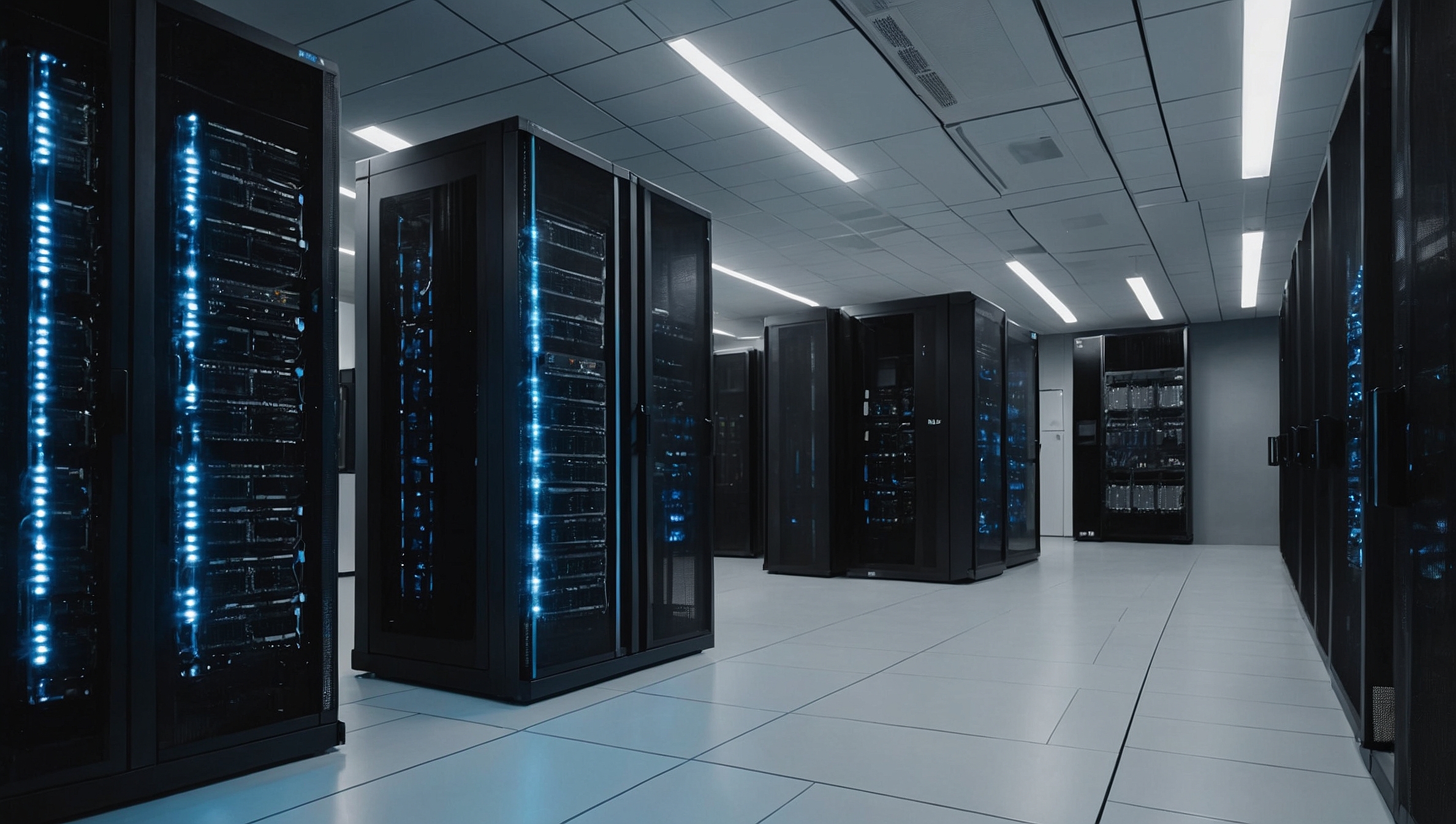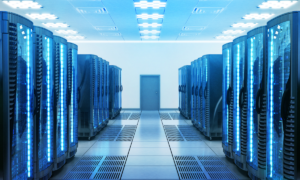Introduction: The Future is Automated
The rapid expansion of digital infrastructure has pushed data centers to their limits. As demand for seamless cloud computing, AI-driven analytics, and real-time data processing grows, robots are stepping in as the ultimate workforce. From automating routine maintenance tasks to optimizing energy consumption and bolstering security, robotics is transforming the way data centers operate. However, integrating robotics into these highly sensitive environments is not without challenges, including high implementation costs, system integration issues, and workforce adaptation. This article explores the depth of robotics in data centers, its benefits, challenges, and the future trajectory of automation in this sector.
Market Boom: How Robotics is Revolutionizing Data Centers
The numbers tell a compelling story:
- $8.73 billion – The market value of data center robotics in 2022
- 22.1% CAGR – Projected annual growth rate until 2030
- $40.9 billion – Estimated market size by 2030
With these figures, it’s clear that robots are not just coming—they’re here to stay! The rise of automation is fueled by a growing need for efficiency, sustainability, and security in data management.
Drivers of Growth
- Increasing Data Demand: As more businesses transition to cloud computing and AI-driven analytics, data centers are handling more workload than ever, requiring efficient automation.
- Rising Energy Costs: Robotics aid in optimizing power usage, reducing waste, and minimizing operational costs.
- Advancements in AI and Machine Learning: Robots equipped with AI can analyze real-time data, predict system failures, and proactively address issues before they escalate.
Why Robots are Becoming Essential in Data Centers
1. Supercharged Efficiency
Think about it: robots never tire, never call in sick, and don’t need coffee breaks. They seamlessly handle equipment installation, cable management, and 24/7 monitoring, allowing human operators to focus on innovation instead of maintenance.
Moreover, robots can be programmed to conduct routine inspections, automate software updates, and even replace hardware components without human intervention, ensuring minimal downtime.
2. Security That Never Sleeps
Cybersecurity is a huge concern, but what about physical security? Robots armed with AI-driven sensors and cameras act as real-time surveillance units, detecting anomalies, preventing unauthorized access, and ensuring foolproof security protocols.
Additionally, these robots can integrate with access control systems to limit human exposure to sensitive areas, reducing the risk of human error or malicious insider threats.
3. Smarter Energy Management
Sustainability is no longer optional—it’s a necessity. Robots help optimize cooling systems, manage airflow, and track energy consumption to reduce power waste and slash operational costs.
With AI integration, robots can adjust cooling systems dynamically based on server loads, preventing overheating while minimizing energy usage. This significantly contributes to lowering the carbon footprint of large-scale data centers.
The Challenges: It’s Not All Smooth Sailing
1. The Cost Factor
While automation saves money in the long run, the initial investment is hefty. From purchasing robots to reconfiguring infrastructure, the upfront costs can be daunting for smaller data centers.
Additionally, robotic systems require ongoing maintenance, software updates, and operator training, further adding to the total cost of ownership.
2. Integration Issues
Legacy systems weren’t built with robotics in mind. Merging old-school infrastructure with cutting-edge automation requires time, expertise, and a strategic approach.
Many data centers still rely on human-driven processes, making the transition to robotics a gradual process that requires meticulous planning to avoid disruptions.
3. The Learning Curve
Even the most advanced robots need human supervision. Employees must learn to program, manage, and troubleshoot robotic systems, which means investing in workforce training.
Furthermore, concerns about job displacement must be addressed. Instead of replacing jobs, robotics should be viewed as an enhancement, allowing human personnel to focus on higher-level problem-solving and innovation.
The Road Ahead: What’s Next for Robotics in Data Centers?
- AI-driven predictive maintenance will make data centers more proactive than reactive.
- Hybrid human-robot teams will become the new standard, ensuring optimal efficiency.
- Next-gen energy-saving robotics will revolutionize sustainability in cloud computing.
- Blockchain-integrated robotic monitoring will improve security by providing tamper-proof records of all maintenance activities.
- Autonomous mobile robots (AMRs) will further improve flexibility, allowing for real-time responses to server failures or cooling malfunctions.
The bottom line? Robotics in data centers isn’t just a passing trend—it’s the future. Companies that embrace automation early will gain a competitive edge in efficiency, security, and sustainability.
Conclusion: Adapt or Fall Behind
Robotics is redefining how data centers operate, and the transition is happening faster than we think. While challenges exist, the potential benefits outweigh the obstacles. With the right investments in technology and workforce training, the future of data center management will be smarter, faster, and more secure than ever before.
For companies willing to invest in robotics, AI-driven maintenance, and automated security, the rewards will be significant: increased uptime, lower operational costs, and a more sustainable approach to managing digital infrastructure.
The revolution is here—are you ready to embrace it?











